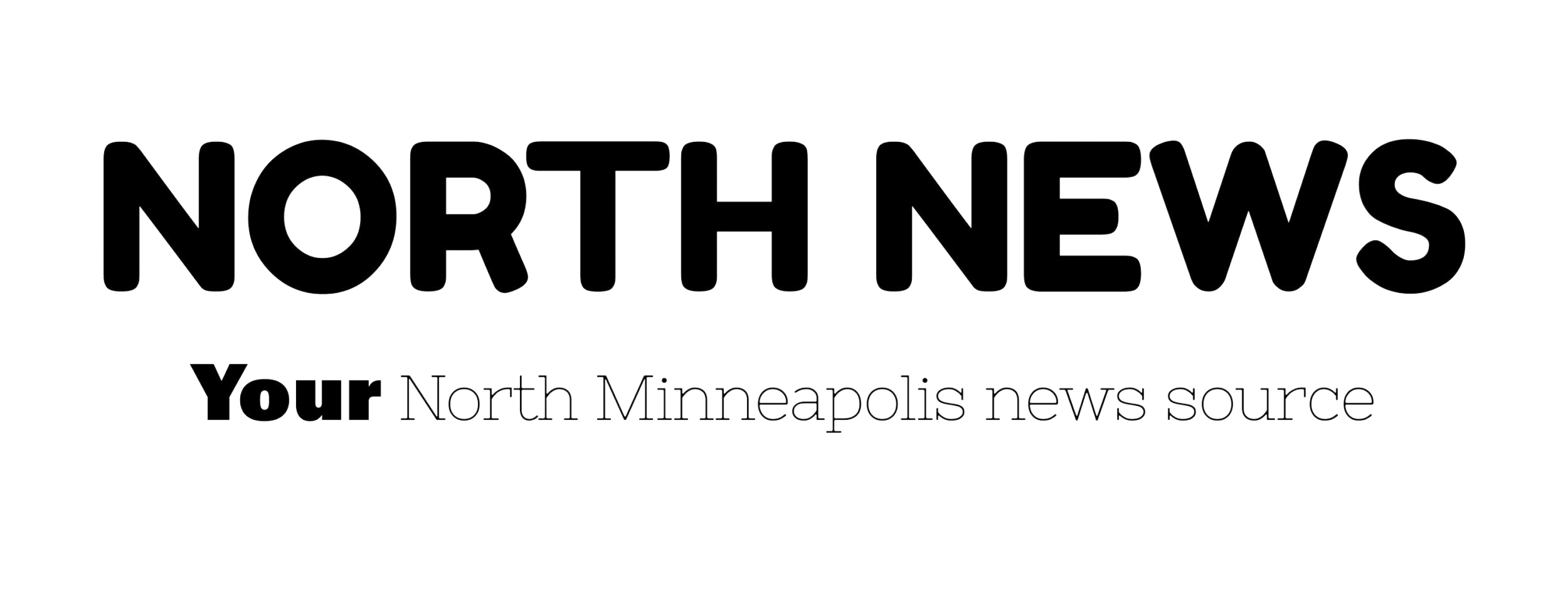MPS to start school year with distance learning but with greater support
Minneapolis Public Schools will start the school year Sept. 8 from home, but the districts remote learning plan will have more supports in place to help students, their families and teacher.
Superintendent Ed Graff announced the decision Thursday afternoon in a video on the MPS Facebook page just hours after Gov. Tim Walz outlined Minnesota’s Safe Learning Plan for the 2020-21 school year, which gives school districts choices on whether to open school or return to distant learning.
Graff told school board members Tuesday the administration endorsed a distance learning start to the year, but wanted to wait to for Walz’s school plan before making a final decision.
Walz said school districts and charter schools will begin in one of three models – in-person, distance learning, or a hybrid model. The Departments of Health and Education will partner with local school districts and charter schools to help determine which learning model they should use to start the school year.
AP US history teacher Dane McLain teaches his students at North High about current events like the current situation in Iran. Photo by RayRay Melton
“With this approach, we are pairing the knowledge and data from our Departments of Health and Education with the expertise of our local school districts to make the best decisions for our students across the state,” said Walz.
The remote learning for Minneapolis Public Schools, which would allow for in-person tutoring, technology help and mental health services in some school buildings, was developed based on surveys early this summer that showed a majority of both families and staff reluctant to return to regular schooling.
Minneapolis schools Superintendent Ed Graff said difficulty in practicing proper social distancing in some buildings – even at 50 percent capacity – also factored into the remote learning recommendation.
“Starting the school year with distance learning with more support we know is the best scenario given the context we are in,” Graff said. “We do acknowledge what things look like in one city might look different to another.”
Walz is requiring school districts and charter schools to give families the option to choose distance learning for their student no matter which learning model their school district is implementing. Additionally, Walz is requiring school districts to allow teachers and school employees to work remotely to the extent possible.
“The health and safety of our students, educators, school staff, and families are our number one priority,” said Education Commissioner Mary Cathryn Ricker. “This localized approach that is centered on the data and informed by a school’s ability to follow all the public health requirements, will help school districts and charter schools navigate this uncertain school year. MDE and MDH will be there supporting our schools every step of the way to help them make decisions that will prioritize the health and well-being of their school communities.”
“We all recognize that COVID-19 is going to continue to impact our schools and our communities for months to come, but those impacts are varied and hard to predict,” said Minnesota Department of Health Commissioner Jan Malcolm. “It is important for the well-being of Minnesota children that we get this right.”
When schools closed in March under the governor’s emergency orders, the district scrambled to develop distancing learning on the fly. Many families and students felt overwhelmed as did teachers who had to track the progress of their virtual classrooms while managing the homes studies of their children.
The district managed to get 17,000 Chromebook computers to students and provide 3,000 internet hotspots, yet many students remained adrift without the technology.
A task force of administrators, teachers and other staff developed content specifically for online learning, including providing a single place to track assignments from different classrooms and providing structured schedules for instruction. There are also plans to get technology, connectivity and support into the hands of students and families that fell through the cracks.
“We were all thrown into a situation,” said Aimee Fearing, the district’s interim senior academic officer. “As teachers, we didn’t go to school to be online teachers. We went to school to teach in classrooms.
“In the spring we were trying to be reactive. Now we can take the lessons we’ve learned and do better.”
Graff said the district will gradually phase in a return to in-person schooling once as the spread of COVID-19 subsides. The next phase would involve a hybrid model, mixing distance learning with grades scheduled for periodic school visits.
MPS will provide more details to families in the days ahead.

